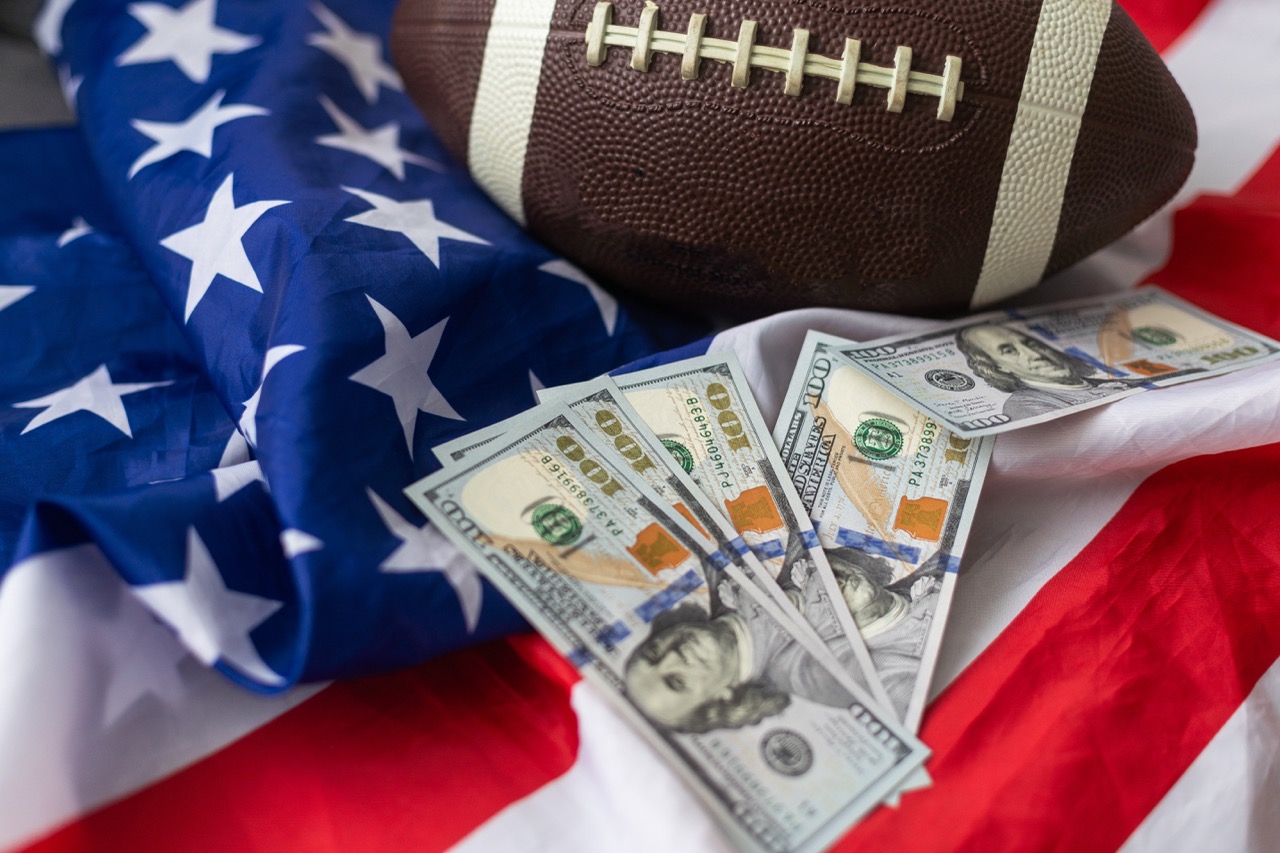W-2 vs 1099 for NIL Athletes: Key Tax Differences You Need to Know
The NIL era has transformed college and high school athletics, giving athletes the ability to earn money from their Name, Image, and Likeness (NIL). But while signing a deal with a brand or getting paid for promotional appearances can be exciting, understanding how you’re paid and taxed, is essential.
For NIL athletes, two key forms determine your tax responsibilities: W-2 and 1099. These documents aren’t just pieces of paper, they define whether you’re considered an employee or an independent contractor and what obligations come with that classification. Misunderstanding the difference can lead to unexpected tax bills, penalties, and compliance issues.
In this guide, we’ll explain the difference between W-2 and 1099 income for NIL athletes, explore how each impacts your taxes, and share practical steps to manage your NIL income responsibly. We’ll also show how PMG PRIVATE NIL supports athletes through this process with expert tax and compliance strategies.
Why W-2 vs. 1099 Is a Game-Changer for NIL Athletes in 2025
The NCAA’s decision in 2021 to allow athletes to profit from their Name, Image, and Likeness (NIL) changed college sports forever. Fast forward to 2025, and the NIL landscape looks very different. Today, more than 30 states allow high school athletes to sign NIL deals, creating opportunities long before college. These agreements are no longer simple, they often include cash payments, bonuses, and even perks like cars or housing.
At the same time, athletes are earning money from multiple sources such as brand sponsorships, social media, appearances, and part-time jobs. As a result, you could receive both W-2 and 1099 income in the same year. Each type comes with its own tax rules and responsibilities. Knowing the difference is key to avoiding surprises and keeping your finances on track
What Is a W-2?
A W-2 form is a tax document you receive when you are considered an employee of the organization that pays you. It shows your total wages and the amount of taxes withheld during the year.
With W-2 income, taxes are automatically withheld from each paycheck. This includes federal and state income tax, along with Social Security and Medicare contributions. Your employer also pays a share of these taxes on your behalf. Because of this, filing taxes with W-2 income is usually easier, and there’s less risk of underpayment.
Most NIL athletes won’t receive a W-2 for brand partnerships or sponsorship deals, since those are typically treated as independent contractor income. However, you might get a W-2 if you work a part-time job on campus or take another position unrelated to athletics. For example, earning $2,000 at a campus job will likely result in a W-2 for that income.
What Is a 1099?
A 1099-NEC form is what you’ll receive when you are paid as an independent contractor. For most athletes, this is the standard payment method for NIL deals.
Unlike a regular paycheck, no taxes are taken out when you get paid through a 1099. You receive the full amount, but that also means you are responsible for paying federal, state, and local taxes on your own. This includes self-employment taxes, which cover both Social Security and Medicare contributions, currently about 15.3% on top of income taxes.
Because no taxes are withheld, athletes need to make quarterly estimated tax payments during the year to avoid penalties and interest. Missing these deadlines can lead to expensive surprises at tax time.
The good news? As an independent contractor, you can deduct business-related expenses connected to your NIL activities. This can include travel for appearances, training costs, marketing, and even equipment for social media content. These deductions can help reduce your taxable income if you keep accurate records.
Most NIL earnings, such as brand sponsorships, social media deals, autograph signings, and paid appearances, fall under this category. If you earn more than $600 from a company in a single year, expect to receive a 1099-NEC form, and remember, the IRS will get a copy too.
Key Differences Between W-2 and 1099 for NIL Athletes
| Feature | W-2 Employee | 1099 Independent Contractor |
|---|---|---|
| Taxes Withheld | Yes | No (athlete pays all taxes) |
| Tax Forms | W-2 | 1099-NEC |
| Who Pays Payroll Taxes | Employer | Athlete (self-employment tax applies) |
| Deductions | Limited (standard/itemized) | Can deduct NIL-related expenses |
| Payment Frequency | Regular paychecks | Often lump sums or per project |
Tax Responsibilities for 1099 NIL Income
Managing NIL income isn’t just about getting paid, it’s about knowing what comes next. Most NIL deals use 1099 forms, which means you’re responsible for your own taxes. Understanding these rules early can help you stay organized and avoid surprises. Here’s what every athlete needs to know about handling 1099 NIL income:
1. Self-Employment Tax
When you earn NIL income as an independent contractor, you’re responsible for self-employment tax, which covers Social Security and Medicare. The current rate is 15.3% in addition to federal and state income taxes. This means you pay both the employer and employee portions because you’re considered your own boss. Factoring this in early helps you plan for tax season and avoid unexpected bills.
2. Estimated Quarterly Payments
Unlike a regular job, NIL deals don’t withhold taxes from your payments. That means you must send estimated quarterly tax payments to the IRS and sometimes your state. These payments keep you compliant and prevent penalties or interest for underpayment. Setting reminders and budgeting for these deadlines ensures you stay ahead of your NIL tax responsibilities without last-minute stress.
3. Keep Accurate Records
Good record-keeping is essential when managing NIL income. Track every payment you receive and every expense you incur. Save invoices, contracts, and receipts in one organized system. Accurate records not only make tax filing easier but also help you claim deductions legitimately. This simple habit keeps you prepared for audits and helps avoid errors that could lead to compliance issues.
4. Deductible Expenses
As an NIL athlete, you can deduct business-related expenses from your taxable income. Common examples include travel for appearances, training costs, marketing, and social media equipment like cameras or lighting. These deductions reduce your overall tax bill, but you must keep receipts and document each expense properly. Taking advantage of deductions the right way helps you maximize savings and stay within IRS guidelines.

What If You Have Both W-2 and 1099 Income?
Many NIL athletes find themselves earning both W-2 and 1099 income in the same year, which can make tax planning more challenging. A W-2 usually comes from a traditional job, such as working part-time for a local business or your university, where taxes are already withheld from your paycheck. On the other hand, NIL income from sponsorships, brand deals, or appearances is typically paid on a 1099 basis, meaning no taxes are taken out upfront. This difference can create problems if you assume everything is covered.
While W-2 income is fairly straightforward, 1099 income requires you to set aside money and make quarterly tax payments to avoid penalties and surprise bills at the end of the year. For athletes juggling both income types, understanding how each is taxed and planning ahead is key to staying compliant and managing your cash flow effectively.
Compliance Matters: Beyond Taxes
Compliance with NIL rules goes beyond filing taxes. It’s about understanding how regulations and contracts affect your eligibility and financial future. NCAA guidelines clearly state that NIL agreements cannot be used as recruiting inducements, so every deal must follow the rules to avoid violations.
In addition, many states now require athletes to disclose their NIL contracts to schools or governing bodies, and missing this step could put your eligibility at risk. Contracts often include detailed terms like repayment clauses or performance requirements, which can create financial obligations if not managed properly. Reading and understanding these agreements is essential because a simple mistake can lead to loss of eligibility or unexpected costs. Staying informed about compliance protects both your NIL income and your athletic career.
Best Practices for NIL Athletes in 2025
Managing NIL income isn’t just about getting paid, it’s about making smart choices that protect your future. The right approach helps you stay compliant, avoid tax surprises, and keep your finances organized. Here’s how to take control of your NIL earnings and set yourself up for long-term success:
Track All Income: Whether W-2 or 1099, keep organized records.
Budget for Taxes: Set aside 30–40% of NIL income for taxes.
File Quarterly Payments: Stay current with IRS and state obligations.
Consider an Entity: An LLC or S-Corp can provide structure and tax advantages.
Get Professional Help: NIL taxes are complex, don’t go it alone.
How PMG PRIVATE NIL Helps Athletes
Managing NIL income can feel overwhelming, especially when dealing with both W-2 and 1099 responsibilities. That’s why PMG PRIVATE NIL was created, a dedicated division of PMG Private CFO Services focused on the unique financial needs of NCAA athletes and high school recruits. We take a tax-first approach to help athletes plan for taxes, set up business entities like LLCs or S-Corps, and review NIL contracts to ensure terms are clear and compliant.
Our team also tracks NCAA and IRS requirements to protect eligibility while teaching personal finance skills that support long-term success. With PMG PRIVATE NIL, athletes gain a trusted partner who simplifies NIL tax planning, compliance, and money management so they can focus on performance and future goals.
Ready to Simplify Your NIL Taxes?
Confused about whether your NIL income is W-2 or 1099 and what that means for taxes? You’re not alone. The rules can be tricky, and one mistake could cost you time, money, and even eligibility.
Take control of your financial future today. Let PMG PRIVATE NIL help you navigate NIL income with confidence. From tax planning to compliance tracking, we provide strategies that fit your unique journey as an athlete.
📍 PMG PRIVATE NIL
1800 E Las Olas Blvd fl 2, Fort Lauderdale, FL 33301
📧 info@pmgnil.com
📞 (954) 395-1225




